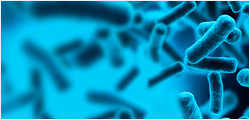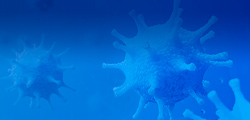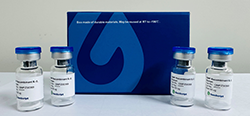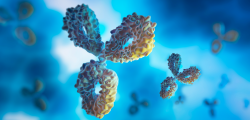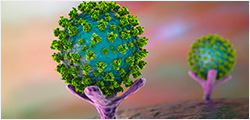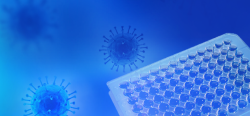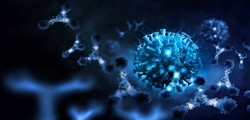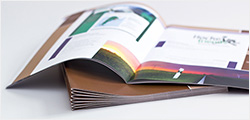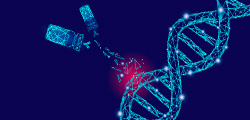PURPOSE:
To demonstrate that a 44-amino acid peptide from pigment epithelial-derived factor (PEDF) induces the regeneration of limbal excision wound, and the regenerated limbus can act as the regeneration source for new limbal excisional injuries in rabbit model of limbal deficiency.
METHODS:
Half circumference partial limbal excision was followed by PEDF peptide treatment to achieve limbal wound regeneration. Three months later, a second stage half circumference partial limbal excision removed the remaining native limbal tissue followed by PEDF peptide treatment. The structure and function of the regenerated limbus were analyzed at 3 and 6 months. Conjunctivalization was analyzed by impression cytology. Immu... More
PURPOSE:
To demonstrate that a 44-amino acid peptide from pigment epithelial-derived factor (PEDF) induces the regeneration of limbal excision wound, and the regenerated limbus can act as the regeneration source for new limbal excisional injuries in rabbit model of limbal deficiency.
METHODS:
Half circumference partial limbal excision was followed by PEDF peptide treatment to achieve limbal wound regeneration. Three months later, a second stage half circumference partial limbal excision removed the remaining native limbal tissue followed by PEDF peptide treatment. The structure and function of the regenerated limbus were analyzed at 3 and 6 months. Conjunctivalization was analyzed by impression cytology. Immunohistochemical analysis was performed with antibodies to corneal epithelium-associated keratin 3 (K3), conjunctival epithelium-associated keratin 13 (K13), ΔNp63α, ABCG2, and BrdU. Extensive limbal excision was performed to examine the regeneration potential of the PEDF peptide.
RESULTS:
Total limbal stem cell deficiency occurred with severe inflammation and conjunctivalization of the limbal wound and adjacent cornea in vehicle control eyes. In PEDF peptide treated eyes, the regenerated limbus prevented fibrovascular invasion and goblet cell migration into the corneal surface. Immunohistochemical staining of the regenerated limbus showed a wide distribution of cells expressing ΔNp63α and ABCG2 as in the native limbus. BrdU labeling assay revealed the presence of slow-cycling cells in the basal layer of the regenerated limbus. The PEDF peptide can heal extensive limbal excisional wounds and sustain ocular surface integrity.
CONCLUSIONS:
The addition of PEDF peptide has the potential to repair limbal excisional wounds with the recovery of normal limbus-like anatomy and function. The PEDF peptide is a potential remedy for extensive limbal injury.





